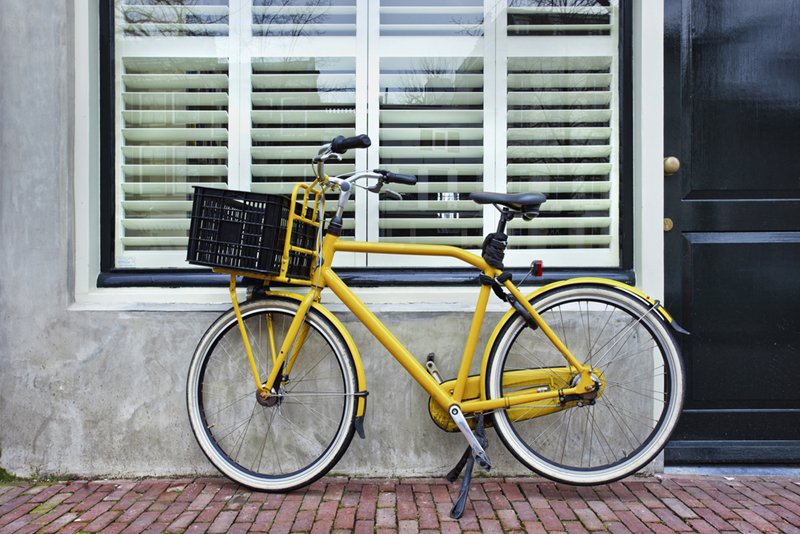What does the new Bicycle Plan mean for Melbourne?
The Melbourne City council has endorsed a new 2016-2020 Bike Plan; could your property be affected? Let’s take a look.
The spinning wheel of progress
Both current and future communities would be affected by the new 2016-2020 strategy. Urban planning in the future will have more considerations for the cyclists of Melbourne, while some parts of the city that are already constructed will be better-connected through cycling corridors, developed by the Victorian government.
The Plan does not cease at adjustments to buildings and roads, however, and also includes an education and safety campaign for everyone from schoolchildren, adults and anyone who has recently moved to Melbourne and might be unaware of the changes.
 Cycling is becoming an integral part of Melbourne for many residents.
Cycling is becoming an integral part of Melbourne for many residents.Why is there a focus on bikes?
A lot of the racks that do exists are designed poorly enough that people do not or cannot use them safely.
Our readers who are already cyclists will likely be nodding in agreement with the changes, but those who aren’t riders might be wondering why there is such a focus on the continued support of bikes in Melbourne.
The fact is that almost 50 per cent of the population owns a bike, according to the Melbourne City council – a significant portion of which are used every day coming to and from work. The council is attempting to encourage this, for a variety of reasons; a healthier populace, less reliance on fossil fuels and a smaller imposition on public infrastructure, to name a few.
This is why the council has a target of at least 10 per cent of the trips into the City of Melbourne to be made via bike by 2030; and this is only possible if the infrastructure is there to support it. According to the Bicycle Network, Melbourne’s current rules around cycling infrastructure are either inadequate or unenforced. Many city businesses and apartments have no bike parking whatsoever, while a lot of the racks that do exist are designed poorly so that people do not or cannot use them safely.
Considering the targets and the swelling number of people choosing to cycle to work, it’s understandable that the council has decided to invest more heavily in local cycling infrastructure.
The effects on your property
Just like new roads, bridges and highways, the Bike Plan could have some effects on the popularity of Melbourne property as well. By connecting more distant suburbs, the Bike Plan is set to make cycling a more viable option for those on a distant commute, while at the same time pushing Melbourne towards being a more desirable, green city.
Melbourne currently holds the top spot in the Economist Intelligence Group’s most liveable cities, and that can only be maintained if congestion, pollution and other such factors are controlled. The Bike Plan could go some way to ensuring that. More bikes means fewer carbon emissions, less smog and a smaller impact on the local environment, as well as less traffic.
 Bikes could do a lot to reduce the total carbon emissions produced by Melbourne.
Bikes could do a lot to reduce the total carbon emissions produced by Melbourne.Meanwhile, for those who are either looking for tenants for their rental property or are currently struggling to sell their home, the Building Network has raised the point that the Plan could easily create significant demand across Melbourne for people who take their cycling seriously.
“We know that if we build high quality bike networks we can attract riders in very large numbers,” explained Bicycle Network CEO Craig Richards.
“Governments of all kinds should be looking to the future and building the bike infrastructure now that we are going to need.”
The Bike Plan promises better rides, fewer cars, a more attractive city and a growing demand from the significant portion of the Australian population that are reliant on their bicycles.
If you’re a cyclist looking to move to Melbourne, or a resident seeking a rental property closer to bike lanes, make sure you get in touch with the expert team at Nelson Alexander.

